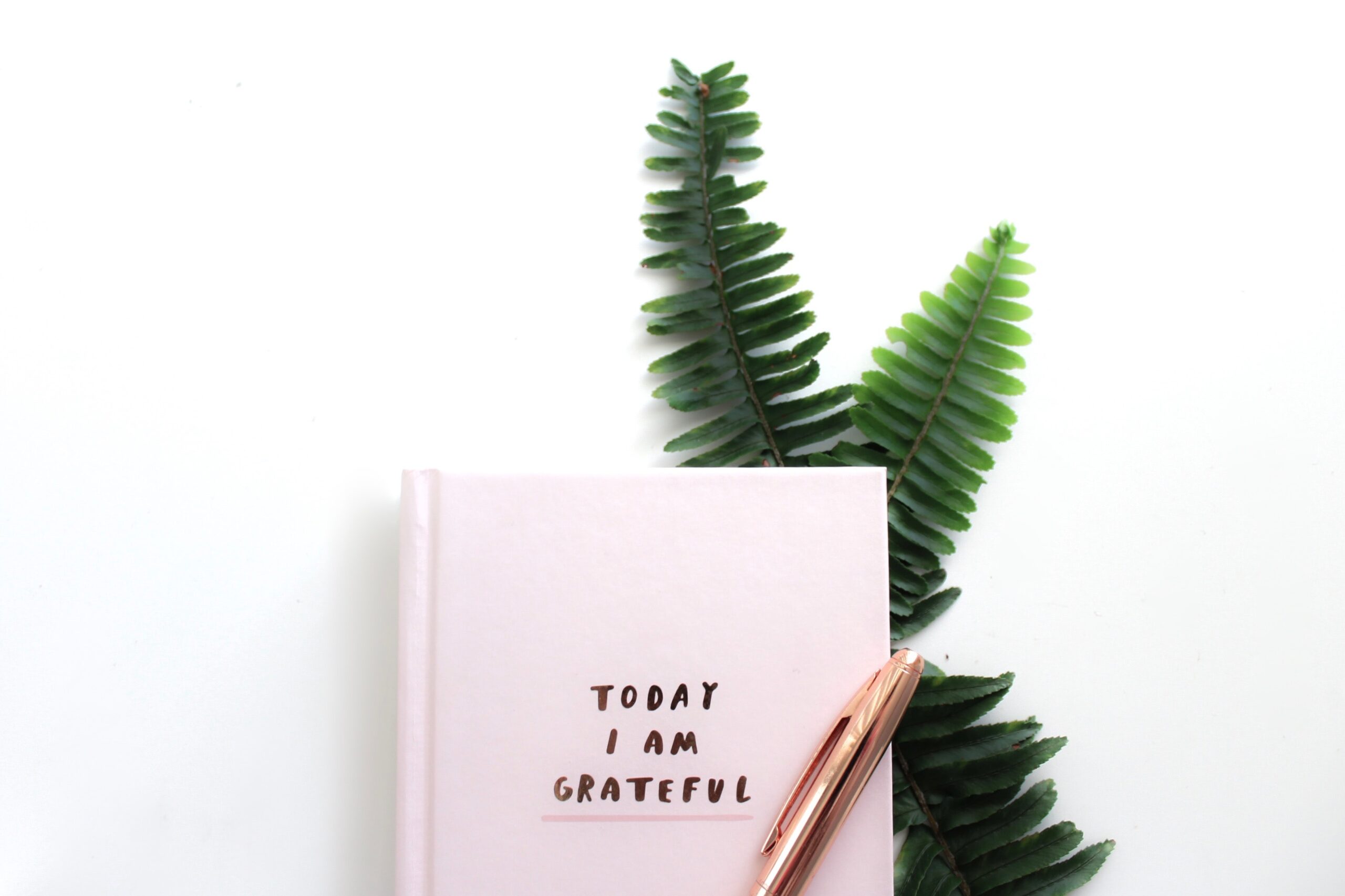What is Gratitude?
Gratitude is generally taken to mean being thankful, appreciative and showing kindness. It’s a positive, warm and generous emotion that has both mental and physical health benefits. Practising gratitude can mean different things to different people so there’s no singular way to be grateful. However, a gratitude practice can include options such as daily journaling, prayer, small acts of kindness, and expressing thanks.
Is there Evidence that Gratitude is Helpful?
Gratitude has been of interest to philosophers and religious thinkers for centuries, although it has only more recently been studied scientifically for the positive impact it can have on emotional and physical health. A wealth of studies now highlights the benefits that gratitude can have on our well-being. For example, Emmons & McCullough carried out important research in 2003 that explored the benefits of paying attention to our blessings in life rather than focusing on our burdens. They concluded that a conscious focus on blessings may have emotional and interpersonal benefits, suggesting how important gratitude can be.
What are the Benefits of Gratitude?
Gratitude makes us feel happier in both the short and long term. Research has also found that gratitude improves our relationships and makes people like us more. For instance, partners who express gratitude to one another are more likely to report relationship satisfaction. Gratitude leads us to be more optimistic and kinder. Likewise, it makes us more effective at work and boosts our career prospects. Gratitude also improves our health and helps us to recover faster from illness. Therefore, with all of these possible benefits, it makes sense to begin to incorporate gratitude into our daily lives.
Who Can Practice Gratitude?
One of the good things about gratitude is that anyone can benefit from it. We can practice gratitude alone with self-reflection and individual exercises. However, we can also consciously practice gratitude in our relationships and our families. Children also benefit from practising gratitude and from learning to develop an age-appropriate appreciation for the positive things in their lives. Most gratitude practices can be adapted to be done alone or with others.
How to Practice Gratitude
Practising gratitude is simple and straightforward. You don’t need any special training to practice gratitude and it’s free to do. The more you practice gratitude the more generally grateful you’ll start to feel and the greater the benefits of gratitude will be. Here are some ways to begin practising gratitude:
Start a Journal
Writing down what we’re grateful for each day is an easy way to focus on what’s good in our lives. Toward the end of each day write down three or four things that you appreciated. The points you write down don’t have to be big life events, (although they can be), you can also express your gratitude for smaller things such as a good cup of coffee or a nice sunset. A gratitude journal leads us to feel more appreciative of our day-to-day lives. It can also help to look back at the journal when we’re struggling to remind ourselves that good things do happen each day.
Enjoy the Moment
Take a step back from whatever you’re doing and allow yourself to pause and focus on the moment. Pay gentle attention to what you’re experiencing through your senses, (what can you hear, see, feel, smell, and taste), and to how you’re feeling emotionally. Allow yourself to absorb your present experiences without worrying about the past or the future. Appreciate and be thankful for the present moment that you have.
Give Thanks
Show your appreciation for what you have in your life that brings you joy, comfort, peace or happiness. This might mean showing appreciation to a person, a pet, material possessions, a situation, skills that you have, gifts you’ve been given or anything else that helps you to feel good. You can give thanks by telling someone what they mean to you or by doing something kind for them in return. Likewise, you can also feel grateful simply by reflecting on your appreciation for what you have.
Create a Gratitude Board
A gratitude board is a visual representation of what you’re grateful for. Find a board or other surface for your project. You can then use personal photographs, images from magazines, quotes that are meaningful for you or anything else that makes you feel appreciative to create a collage or map on the board. Position the board in a place in your home that will remind you to feel grateful each day.
Prayer or Meditation
Whatever your personal beliefs, prayer or meditation can help to increase your feelings of gratitude. Setting aside a regular time for prayer or meditation each day allows us to reflect on our existence, give thanks for being alive, and feel appreciative of the present moment. We can direct our gratitude to a higher power, to the universe itself, or to anything else, depending on what we believe in.
Start a Gratitude Jar
A gratitude jar is a simple exercise to do as an individual but it’s also a great way to get the whole family involved in practising gratitude. Find a jar or box and decorate it if you wish to. Then, the next time you feel grateful for something, write it on a piece of paper and put it in the jar. You can ask a partner, children or anyone else to contribute too. Over time you’ll collect a multitude of reasons to be thankful. Then, when you or a family member needs a pick-me-up, open the jar and start reading.
Can Gratitude Be Negative?
While evidence shows that practising gratitude is overwhelmingly positive, it’s important to not put pressure on ourselves to feel constantly grateful. Everyone has challenges in their lives and forcing ourselves to feel grateful all of the time can contribute to feelings of stress, especially around certain times of the year such as the holiday season. The key is to gently cultivate a sense of gratitude in our daily lives but to also allow space for all of our emotions.
How Can Online-Therapy.com Help?
If you’d like to consider your relationship with gratitude further, then Online-Therapy.com can help. By signing up with our program you can choose a therapist who will work with you to develop a personalized toolkit to support you with your exploration and practice of gratitude and the many health and well-being benefits that it can bring to your life. You can choose to have your therapy sessions by video, phone or text chat (couple counselling will be video only). This makes Online-Therapy.com a flexible and convenient option.




Leave A Comment